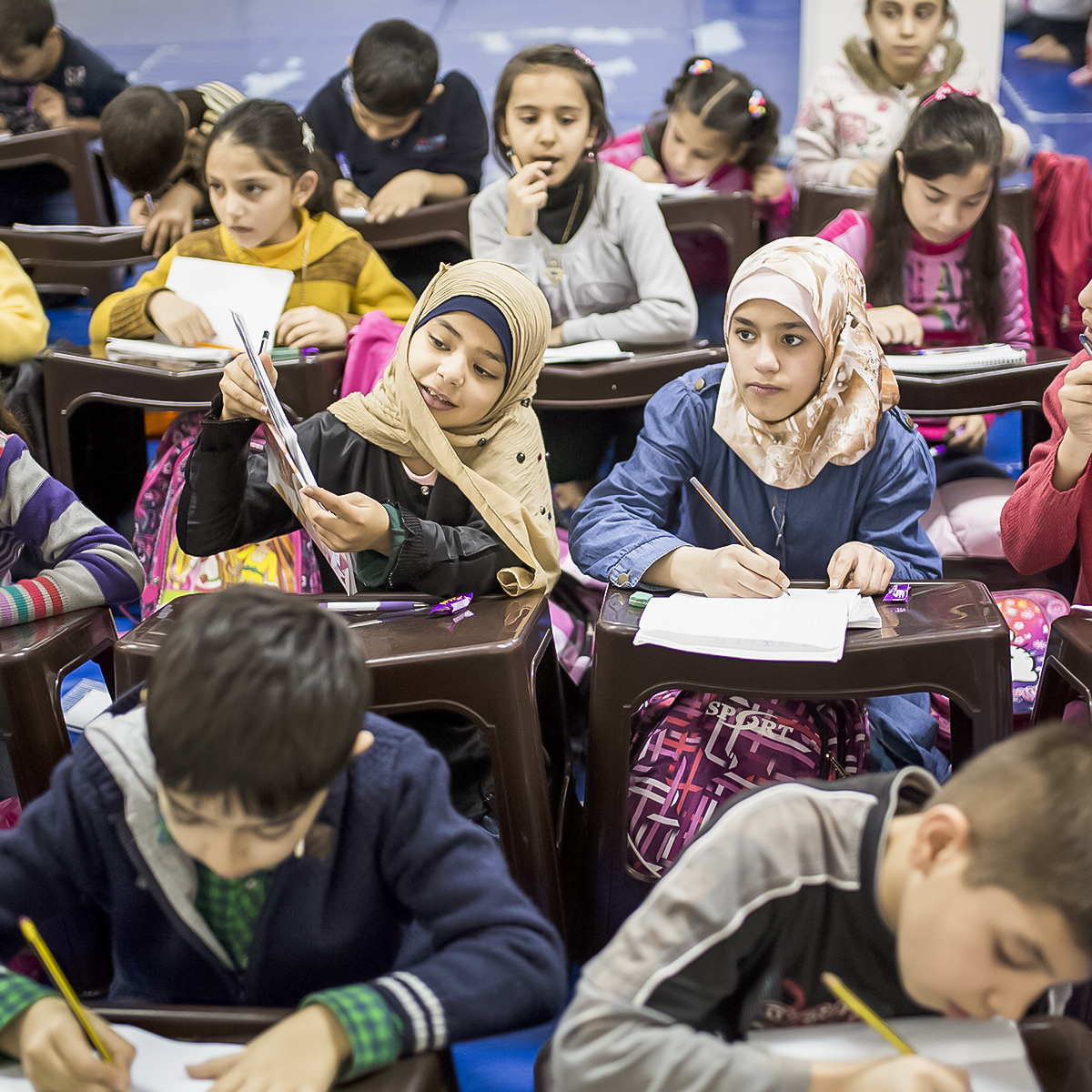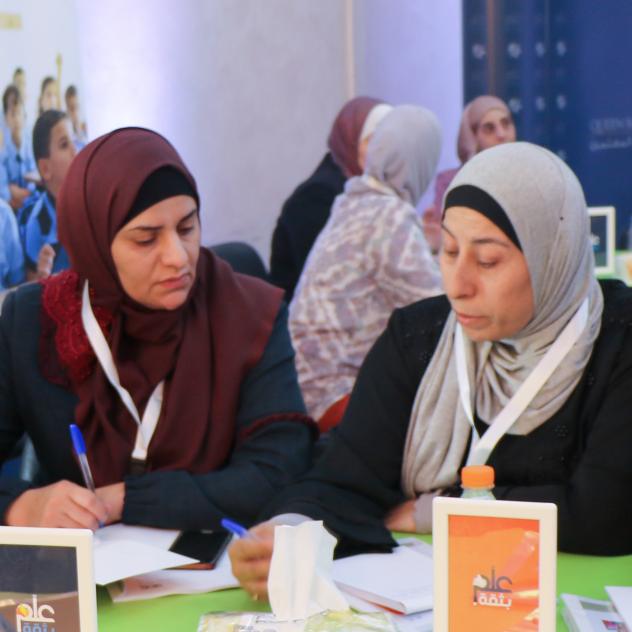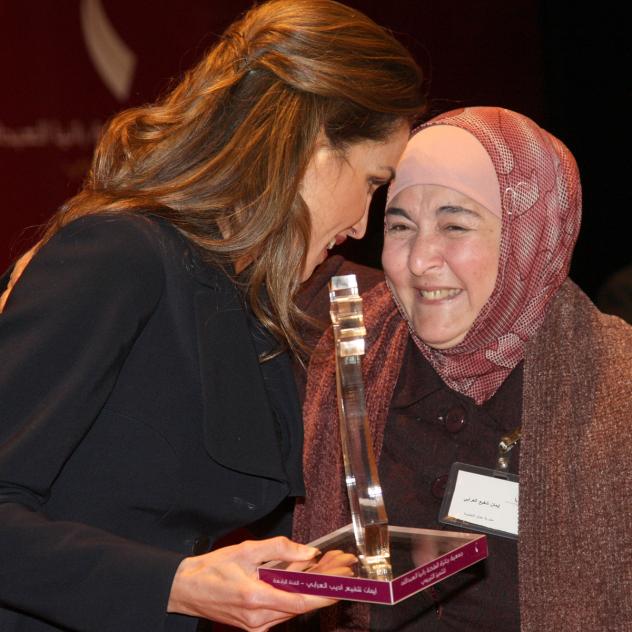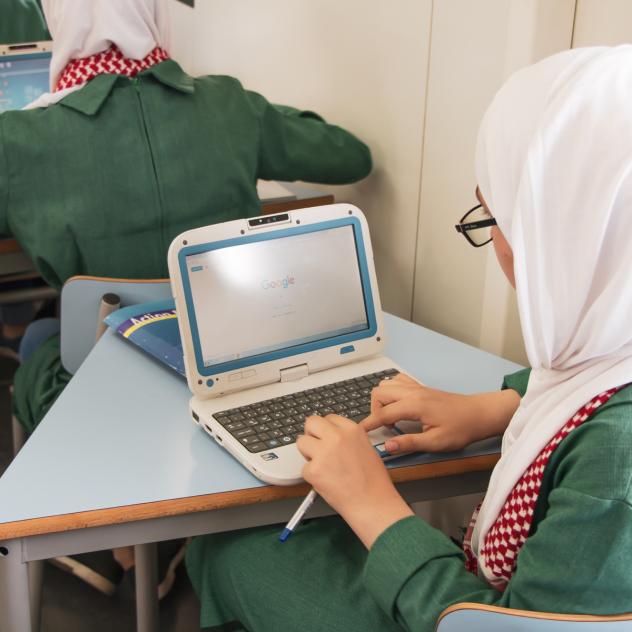Introduction
Protracted crises influence the lives of many. The Syrian civil war has displaced 5.6 million individuals since 2011, 45% of whom were children below 17 years of age missing on crucial years of education. Some of these children have had the opportunity to enroll in host communities’ education systems, as is the case for Syrian refugees in Jordan. More than 6 in 10 UNHCR registered Syrian refugees are receiving education in Jordan in Syrian refugee camp schools, second shift schools opened specifically to serve Syrian refugees or regular host community schools where Syrian refugees are integrated in the classrooms.
This brief highlights the main findings from the National Teacher Survey around teachers of refugees in MoE schools across host community, Syrian second shift and Syrian camp schools (including Al-Za’atari and Al-Azraq refugee camps). The findings are imperative as there has been no exploration of the teachers of these refugees to date.
Key findings
- The majority of Jordan’s Ministry of Education (MoE) teachers teach refugee students of any nationality; with more than 6 in 10 grade 1-6 and 7 in 10 grade 7-10 teachers reporting teaching refugee students.
- Teachers in Syrian camp and Syrian second shift schools were very young and had few years of experience; 5 in 10 were aged between 21-30 years, and more than 6 in 10 reported having fewer than 5 years of experience.
- Teachers in Syrian camp and Syrian second shift school teachers were most likely to report receiving in-service training in the past two years compared to teachers in regular MoE and host-community schools.
- The topic teachers in Syrian camp and Syrian second shift schools received most training on was psychosocial support for students; with 76% and 63% of grade 1-6 teachers reporting receiving such training, respectively.
- Syrian camp and second shift school teachers were most likely to report choosing the profession as a result of passion for teaching (more than 5 in 10), compared to regular MoE (36%-38%) and host-community school teachers (approximately 40%).
- Teachers in Syrian second shift schools were more likely to report refugee-specific challenges when compared to teachers in host-community schools.





